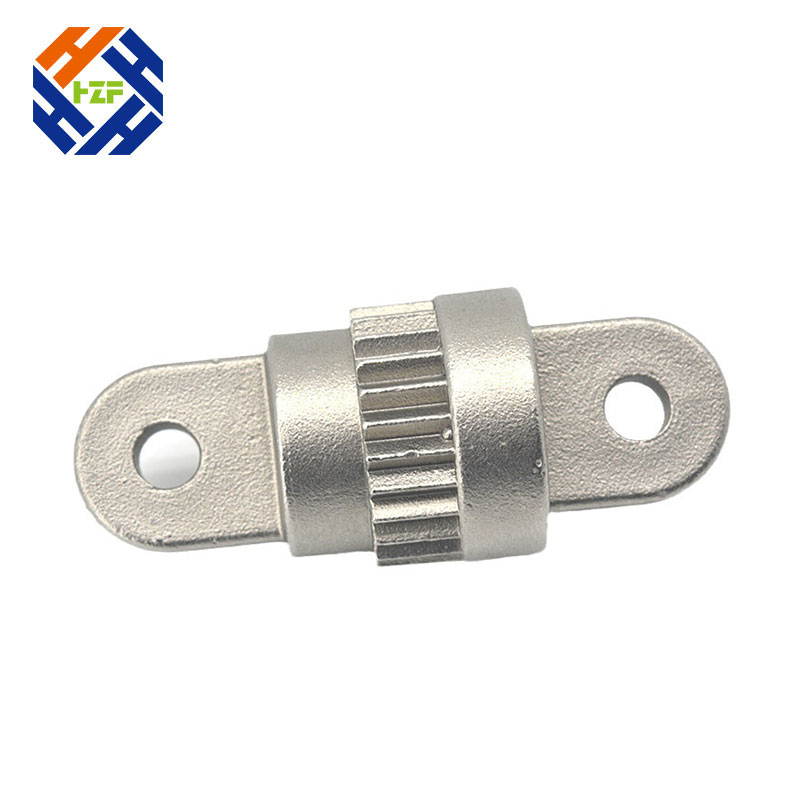Applications of Casting Parts
2024-07-13
Casting parts refer to components or objects manufactured through the casting process, which involves pouring molten material into a mold cavity where it solidifies into the desired shape. Here’s an overview of casting parts, the casting process, types of casting methods, and their applications:
Casting Process Overview:
1. Pattern Creation:
- Pattern: A replica of the final casting shape made from materials like wood, plastic, or metal.
- Pattern Design: Designed to include allowances for shrinkage and machining.
2. Mold Making:
- Mold: A hollow cavity into which molten material is poured and solidified.
- Types of Molds:
- Sand Molds: Formed by compacting specially formulated sand around a pattern.
- Permanent Molds: Made from metal or ceramic and reused multiple times.
- Investment (Lost Wax) Molds: Used for intricate and detailed parts.
3. Pouring and Solidification:
- Pouring: Molten material (e.g., metal, plastic, ceramic) is poured into the mold cavity.
- Solidification: The material cools and solidifies, taking the shape of the mold cavity.
4. Removal and Finishing:
- Shakeout: Removing the casting from the mold after it has solidified.
- Finishing: Trimming excess material, removing mold marks, and adding surface treatments (e.g., polishing, painting).
Types of Casting Methods:
1. Sand Casting:
- Uses sand molds made from a mixture of sand and a binder.
- Suitable for both ferrous and non-ferrous metals, producing complex shapes and large parts.
2. Investment Casting:
- Also known as lost wax casting.
- Ideal for intricate and detailed parts with high dimensional accuracy.
3. Die Casting:
- Molten metal is forced into a steel mold (die) under high pressure.
- Produces parts with excellent surface finish and dimensional accuracy, commonly used for mass production of metal parts.
4. Permanent Mold Casting:
- Uses reusable metal molds (permanent molds) typically made from steel or cast iron.
- Suitable for high-volume production of parts with consistent dimensions and surface finish.
5. Centrifugal Casting:
- Rotates the mold at high speed while pouring molten metal.
- Used to produce cylindrical or symmetrical parts such as pipes and rings.
Applications of Casting Parts:
- Automotive Industry: Engine blocks, transmission components, and structural parts.
- Aerospace: Turbine blades, airframe components, and structural parts.
- Industrial Equipment: Pump housings, valves, and gears.
- Consumer Goods: Kitchenware, decorative items, and jewelry.
- Construction: Architectural fittings, decorative elements, and structural components.
Advantages of Casting Parts:
- Design Flexibility: Ability to create complex shapes and intricate details.
- Material Versatility: Suitable for a wide range of materials, including metals, plastics, and ceramics.
- Cost-Effective: Economical for large production runs and complex shapes.
- Dimensional Accuracy: High precision and consistency in part dimensions.
Considerations:
- Material Selection: Choose the appropriate material based on mechanical properties, corrosion resistance, and application requirements.
- Tooling Costs: Initial tooling costs can be high, particularly for permanent molds and die casting.
- Surface Finish: Post-casting processes may be required to achieve desired surface finish and tolerances.
Casting parts play a crucial role in various industries, offering a cost-effective and efficient method for producing complex components with high precision and versatility.



